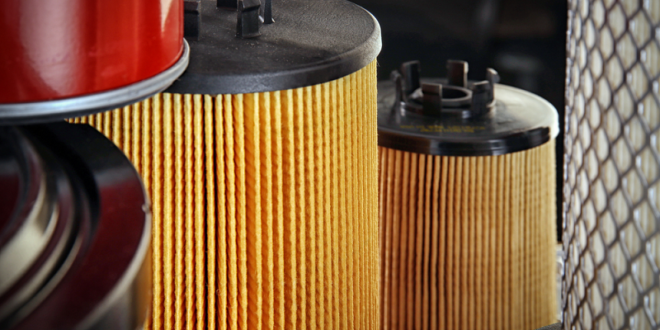The rising levels of dust worldwide are not a good sign for the 339 million people with asthma. To keep them safe, the environment must be clean. A lot of dirt, dust, debris and pet hair can be lying on the floor, which can be catastrophic for hypersensitive people. This is precisely why every household needs a vacuum cleaner filter. With a great affinity to suck and store, they are surely a lifesaver.
How Do Vacuum Filters Work?
The airflow produced by the vacuum sucks in the debris, dust, pet hair and dirt from the floor in the vacuum filter. The filter captures all of them, filters them from the air and stores them in itself. This prevents the airflow from throwing out anything from the back of the vacuum, clear’s airflow and cleans the floor.
The Guide to Vacuum Filters
With the progressive development of technology, vacuum filters have come a long way as well. Owing to the type of work they do, they are now categorized in:
- Primary vacuum filters-This is the first point of contact for the dust in the vacuum cleaner. This primarily sucks in and cleans all the dust and debris and functions as the system’s main cleaner.
- Secondary vacuum filters-This one is good for fine dust (<10μm). After passing from the primary filter, the air ventures into the secondary Filter, refining the microparticles.
The Various Features Present in Vacuum Filters:
There are different types of filter that works efficiently in controlling the amount of dust and debris. Some of the popular filters are:
- HEPA filters – It’s an acronym for high-efficiency particulate air. This technology was made to clean 99.995% of the allergens and micro dust particles. Initially used in highly sensitive areas, this technology is used to clean particles as small as 0.3 microns.
- Micro fresh filters – A non-hazardous chemical used in the filter helps clean the area of allergens and acts as a floor anti-septic. It makes sure to sterilize the germs before releasing the air back into the environment.
- ULPA filters – this is an acronym used for ultra-low penetration air. This Filter is used in places of a highly sensitive nature like a pharmaceutical unit or a sanitation unit.
- Scented filters – The smell of freshness is often undervalued. The Filter with this technology filters the air of its foul odour and gives out clear and fresh air.
The Various Types of Vacuum Filters:
- Cartridge filters – These are made from foam, pleated paper and synthetic products; this filter is most commonly used and replaceable. They are disposable and should be changed from time to time.
- Cloth Filters – As the name suggests, made out of cloth, the cloth filters are used in large vacuum cleaners. This is meant to clean large particles from places like construction sites and industrial sites. This is a rugged filter and is washable as well.
- Foam Filters – Primarily used as a secondary filter, foam filters refine fine particles’ air. Once the air has passed through the primary filter, it goes into the foam filter to clear the air’s finer particles.
- Disk filters – They are used in modern vacuum cleaners, especially the latest robotic ones. These filters are the shape of a disk, opened up in the shape of a cup. Their washable property makes them reusable and hence eco-friendly.
We have 339 million people with asthma, and nearly 20% of the world today suffers from dust rhinitis, summing up to 1.6 billion people. With the right kind of filters, we can keep a check on the quality of air. With the various types and feature offered in vacuum filters in today’s world, there is a solution to the dust and debris problem.
 HammBurg Be informed with latest news, reviews, entertainment, lifestyle tips, and much more.
HammBurg Be informed with latest news, reviews, entertainment, lifestyle tips, and much more.




